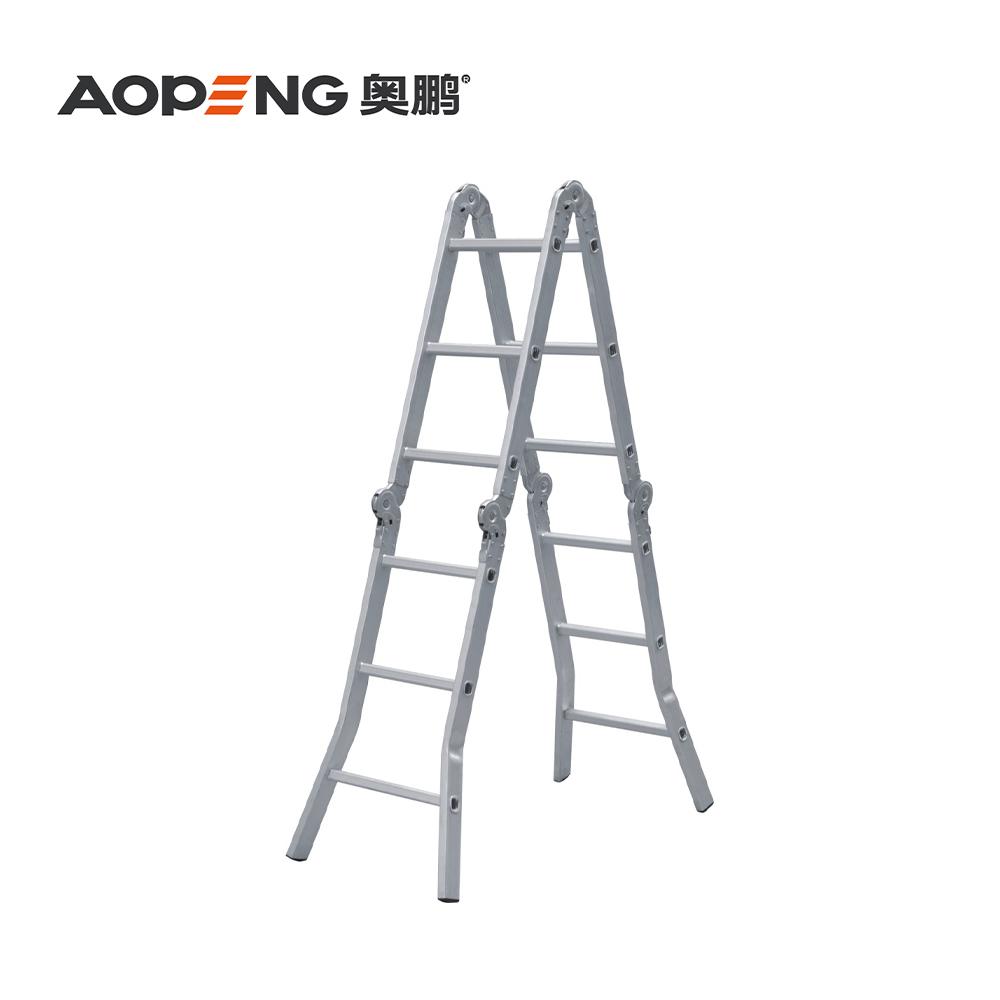Industrial ladders play a significant role in promoting workplace ergonomics by providing a safe and efficient means of accessing elevated work areas. Ergonomics is the science of designing the workplace and work tasks to fit the worker, and industrial ladders are an example of how this principle can be applied in practice.
By offering secure and comfortable access to high places, industrial ladders help to reduce the risk of falls and associated injuries. Their design considerations, such as non-slip steps and handrails, contribute to maintaining proper body posture and balance while climbing, which is essential for preventing musculoskeletal disorders.
Furthermore, the use of industrial ladders can help to minimize the physical strain on workers by providing a stable platform that reduces the need for reaching or overstretching. This is particularly important in tasks that require extended periods at height, where fatigue can be a factor.
In addition to their physical design, the strategic placement of industrial ladders in the workplace can also contribute to ergonomics. By ensuring that ladders are easily accessible and positioned in a way that minimizes the distance workers need to travel, workplaces can enhance efficiency and reduce the risk of accidents.
In summary, industrial ladders are not just tools for accessing heights; they are also important components of a well-thought-out ergonomics plan. By considering the design and placement of these ladders, workplaces can enhance the safety, comfort, and productivity of their employees.

